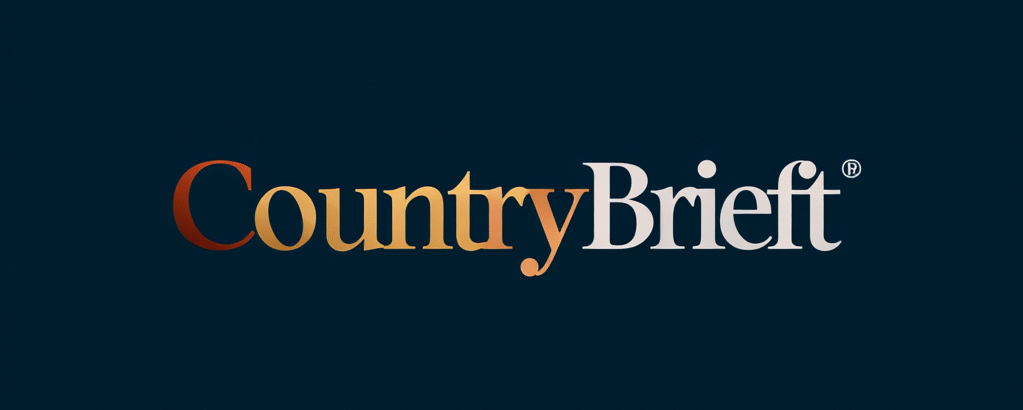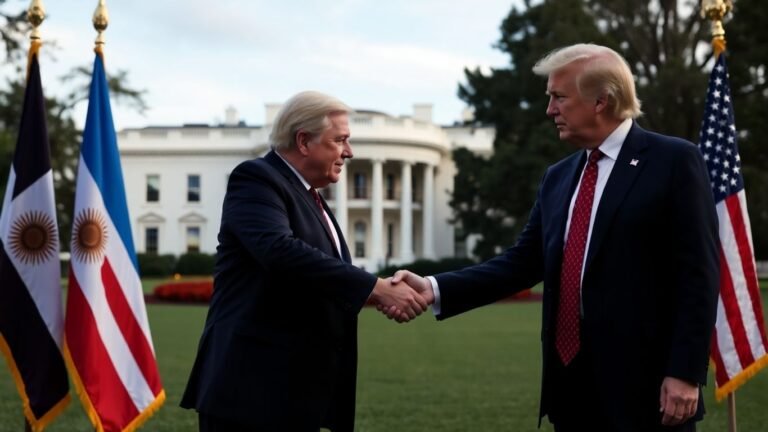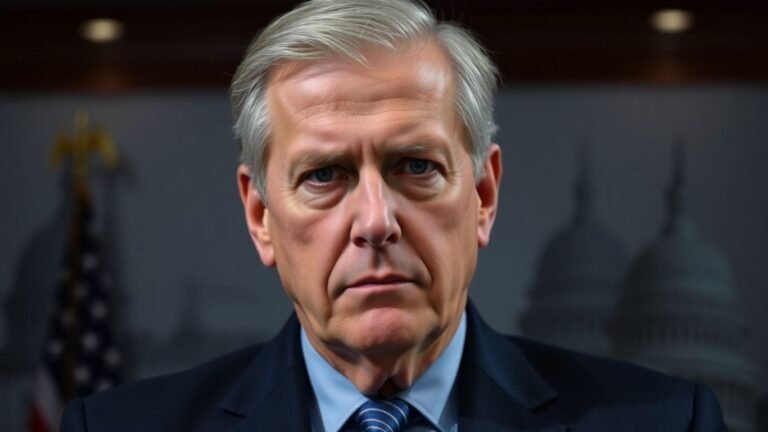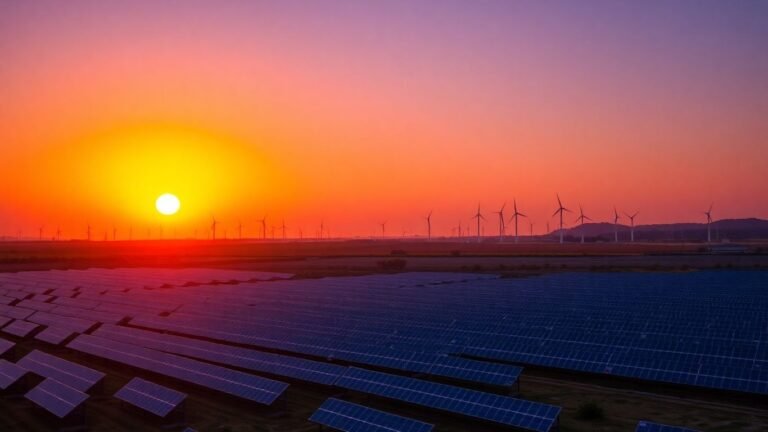European War Prospects

When people talk about Europe’s future, the idea of war seems like something from the past. But as we look toward 2030, Russia’s actions and the way European countries respond are making folks rethink security. The “Russia strategic dilemma 2030” isn’t just a headline—it’s a real puzzle for leaders. With shifting alliances, economic pressures, and new military plans, the next decade could be unpredictable. Let’s break down what’s happening and what could come next.
Key Takeaways
- Russia’s strategic choices in 2030 will depend on both internal problems and outside pressures.
- European countries are struggling to agree on how to handle defense spending and military cooperation.
- NATO’s growth and the push for a stronger EU military are changing the balance of power in Europe.
- Modernizing Russia’s military could spark new tensions, especially if the economy can’t keep up.
- Possible conflict scenarios range from small, sneaky tactics to full-on battles, and each has different risks for Europe.
Understanding Russia’s Strategic Dilemma in 2030

Looking at Russia in 2030, it’s clear that the country is caught between several tough choices that shape its posture toward Europe. Most people assume Moscow’s main issue is simply about military power or who controls a patch of land. But the truth is, it’s a lot murkier. Russia’s leadership is locked into a security mindset that treats NATO’s eastward drift as an existential threat—especially when you consider the priority given to establishing a buffer zone west of its borders, as seen in the pursuit of control near Poland (controlled buffer zone).
So why is this a dilemma? First, there’s an enormous pressure inside the Kremlin to prove Russia can hold its own, no matter the costs. The ongoing Ukraine war is only one layer of this; the Russian government, especially under Putin, seems determined to maintain its historical narrative of resisting Western influence. Even with staggering losses—including equipment depletion and nearly one million casualties—the government’s resolve doesn’t appear to shake.
A simple list of what Russia faces:
- Growing fatigue and losses from continuous military action, especially in Ukraine and surrounding regions
- Widespread sanctions from the West, which, despite some adaptive tactics, bite deeper into the Russian economy every year
- The need to balance national spending between military, security services, and basic social services—militarization is eating up an ever-bigger slice of the federal budget
It’s not just about tanks and troops. There’s the public mood back home. Many ordinary Russians keep their heads down, uneasy with the conflict but lacking any real way to voice doubt. The controlled media space and security clampdowns make sure of that. At the same time, Russia has to juggle unreliable economic allies and keep its domestic production machinery in overdrive to support military goals. All the while, NATO’s presence creeps closer, and EU states boost their own defense plans.
For Russian strategists, the real challenge is maintaining the illusion of strength without stretching their resources to the breaking point, risking political backlash or an internal crisis that could upend the leadership.
It’s a balancing act: Russia wants more security along its borders, but every aggressive move ramps up Western opposition. Pull back, and the Kremlin risks looking weak at home and abroad. Go all in, and the costs—military, economic, and social—could push the country into even choppier waters by 2030.
Key Drivers of Russia’s Security Policy
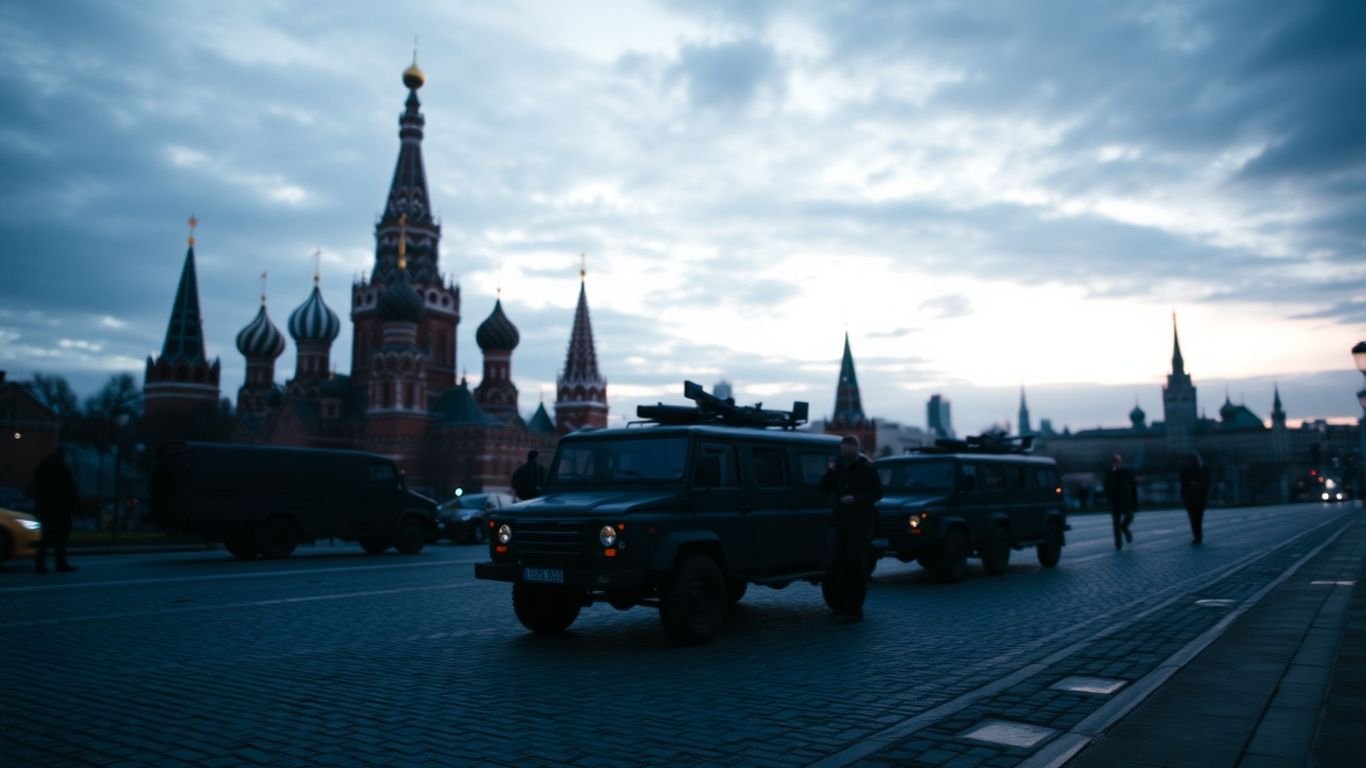
Russia’s approach to security is shaped by a complicated mix of pressures and priorities. Modern Russian policy choices are tightly bound up with persistent economic challenges, political calculations, and long-term demographic shifts. Understanding what actually steers Russian decision-making helps make sense of why its security posture seems so stubborn—and sometimes unpredictable.
Political and Economic Constraints
Political stability remains a top concern for the Kremlin. The state is always watching for signs of unrest that might threaten those in power. While Russia’s leaders have stayed popular at home, cracks sometimes show, especially during difficult times like partial mobilizations or when war efforts place new demands on ordinary citizens.
On the economic side, there’s a balancing act going on:
- Ongoing Western sanctions make it harder to access technology and export energy, which in turn slows down economic growth and fuels inflation.
- The government keeps spending on military needs, pulling resources away from other public priorities.
- Moscow relies on energy revenues—about 30% of the federal budget comes from oil and gas exports.
- The Central Bank has kept interest rates high to contain inflation, but this further slows the economy.
- Rising prices, especially for basic goods, remain the top concern for most Russians.
Here’s a quick look at some main economic pressures:
| Factor | Impact on Security Policy |
|---|---|
| Sanctions | Limits tech & trade, strains budget |
| Inflation | Reduces public confidence |
| Defense spending | Prioritized over social programs |
| Energy dependency | Revenue source, but vulnerable |
Over time, the combination of war-related spending, high inflation, and continued sanctions is starting to eat away at Russia’s sense of normalcy. Leaders may not worry about regime change just yet, but the cost of heavy fighting and a sluggish economy forces hard choices supporting its war economy.
Demographic and Social Factors
Russia’s population trends present long-term headaches for policymakers. Declining birth rates and an aging population put more pressure on both the military and the economy. Brain drain—young, skilled workers heading abroad—has picked up during times of conflict or after unpopular government moves like forced mobilization. This leaves behind workforce gaps.
Some key social drivers include:
- Mobilization Fatigue: Each new call-up pulls more people into the war machine, causing unrest and dropout rates among those least interested in fighting.
- Exodus of Talent: Sanctions, poor prospects, and anxiety push educated Russians to seek better lives elsewhere, eroding the country’s future capacity.
- Inflation Woes: As living costs climb, public frustration grows, and the government scrambles to keep up with social benefits and basic stability.
Russia tries to keep a lid on public discontent, using media messaging, promises of bonuses for soldiers, and by restricting protest. But no state can ignore the mood forever—especially when socioeconomic troubles stack up at home, while fighting drags on abroad.
Evolution of European Security Architecture
Europe’s whole approach to security has shifted a lot in the last decade. The idea of lasting peace backed by American protection no longer feels as reliable as it once did. That means countries are scrambling for new ways to handle threats, especially from Russia but also from other sources. These changes aren’t happening fast, but you can spot them everywhere from budgets to political arguments on TV.
NATO Expansion and Its Impact
- NATO keeps adding new members—Finland and Sweden are the latest to join, directly reacting to Russia’s actions.
- This growth changes the balance for deterrence along the Russian border, making NATO’s front line longer and potentially riskier.
- Some countries are nervous. States in the West, like Spain, often see threats as distant, while Poland and the Baltic nations worry about every Russian move.
Here’s a simple table to show recent commitments:
| Country | Year Joined/Expanded | % GDP Pledged to NATO Military | Main Security Concern |
|---|---|---|---|
| Finland | 2023 | 2.0% | Russian Border |
| Poland | NA | 4.0% | Russian Aggression |
| Spain | NA | 1.3% | Migration, Terrorism |
| Estonia | NA | 2.7% | Russian Aggression |
Some folks say this expanding alliance will push Russia to get even more aggressive. But for others, it’s basic self-defense. Either way, the border’s getting busier, and military drills are almost routine now (biodegradable packaging).
EU Military Integration
EU countries talk a lot about acting together militarily, but it’s a huge headache in practice:
- There are about 20 kinds of battle tanks just within the EU, so supply chains and fixes are tricky.
- Language barriers, different military cultures, and national pride slow down efforts to create a single approach.
- Some leaders clearly prefer working with the US over a homegrown EU army, while a few, like Hungary’s Orban, look east to Moscow.
Blockquote:
Building true military unity in Europe is challenging—old rivalries, politics, and patchwork equipment mean progress is always slower than headlines suggest.
There’s been talk of a Europe-wide “war economy,” but most states are just starting to raise their defense spending. At a recent NATO summit, members discussed 3.5% of GDP for military budgets, but the EU’s collective efforts are still a patchwork.
Finally, the emotional glue is missing—European patriotism isn’t as strong as individual national identities. You still see a lot of anti-EU or even pro-Russian movements, especially where people feel ignored by Brussels or threatened by change.
So, Europe’s security setup is getting sturdier, but the house is held together by debate, compromise, and sometimes, tape. It’s an ongoing process, shaped as much by disagreements and politics as by actual threats.
Military Modernization in Russia
Russia’s focus on upgrading its armed forces since 2022 has led to a big shake-up in how it organizes, equips, and funds its military. By 2025, nearly 40% of Russia’s federal budget is going to military and security services, with defense spending shaping up to be about 7.2% of GDP. That number could actually go up before the year ends. Even after losing a ton of hardware in Ukraine (think tanks, helicopters, armored cars—the works), the Kremlin has doubled down, pulling older gear out of storage and shifting industrial production to a wartime setting. There’s less about shiny new tech and more about massive volume.
Some clear trends stand out:
- Large-scale expansion in domestic drone manufacturing—30,000 Shahed-type drones a year now, maybe twice that by next year.
- The move away from big tank assaults. Instead, smaller tactical units and drone swarms are being used to slowly push forward on frontlines.
- Mobilizing the economy, with civilian companies roped in to help build military equipment around the clock.
| Year | Drone Production (est.) | Tank Losses (since 2022) | Defense/ Security % of Budget |
|---|---|---|---|
| 2024 | ~30,000 | 3,000+ | 35% |
| 2025 (proj.) | ~60,000 | Continuing losses | 40% |
There are worries, too. Stockpiles of Soviet-era tanks are nearly depleted, with restored vehicles rolling out slower than before. Contract soldier recruitment is starting to hit walls, despite big increases in sign-on bonuses for new volunteers. The shift has pushed the Kremlin to look for more creative ways to find new recruits, from shortening education to pulling workers from non-essential jobs.
For years, Russia’s military transformation has been about size, readiness, and putting technology where it counts—even if that means quantity over quality at the moment.
This military framework doesn’t just support Russia’s actions close to home. Their ongoing support of military equipment and technology exports to countries like China, especially in joint projects that could influence conflicts well beyond Europe, is starting to raise eyebrows internationally; for instance, Russia has supplied gear that may help China with possible Taiwan ambitions (military equipment and technology to China).
All in all, Russia’s approach is about adapting under pressure, keeping its forces active and replenished, and making sure it can outlast the demands of long, tough conflicts.
Potential Triggers for Conflict in Europe
Thinking about what could spark a conflict in Europe by 2030, several real issues come to mind. These aren’t just headlines or dramatic predictions—there are actual gaps and tensions sitting under the surface right now.
The uneven perception of threats between Eastern and Western European countries is a stubborn challenge. For example, the Baltic states and Poland are much more concerned about Russian moves than, say, Spain or Portugal. This kind of split leads to friction over defense spending, priorities, and just plain trust across the continent.
Here’s a closer look at some possible triggers:
- Security Imbalances: Countries closer to Russia demand robust NATO support, while others think the threat is overblown. This could lead to major disagreements—or even non-cooperation—if tensions flare up.
- Political Fragmentation: The rise of nationalist parties, pro-Russian voices, and general anti-EU sentiment can slow or weaken security responses. Some leaders openly question alliances, making coordination tough.
- External Pressures: Actions like increased migration flows or terrorist threats, especially in southern Europe, stretch attention and resources. These countries may focus more on protecting trade routes or migration, leaving defense gaps elsewhere.
- Military Readiness: Even with more defense spending, actual military capacity and coordination lag behind. Twenty different battle tank models in use, for example, make joint operations messy.
| Major Trigger | Impact Level | Main Players |
|---|---|---|
| Threat perception split | High | Poland, Baltics, Germany, Spain |
| Political fragmentation | Medium-High | France, Hungary, EU institutions |
| External crises | Medium | Greece, Italy, Spain |
| Military compatibility | Medium | All EU and NATO nations |
Lack of shared priorities and internal disagreements might push European leaders into reactive, rather than proactive, security decisions—a dangerous spot if a sudden crisis appears.
This isn’t some distant theory—internal splits, mistrust, and patchy defense coordination are real obstacles reflected in attempts to overhaul European security. Sometimes, it’s the background problems, not just outside threats, that end up sparking tension across Europe.
Scenarios for a European War Involving Russia by 2030
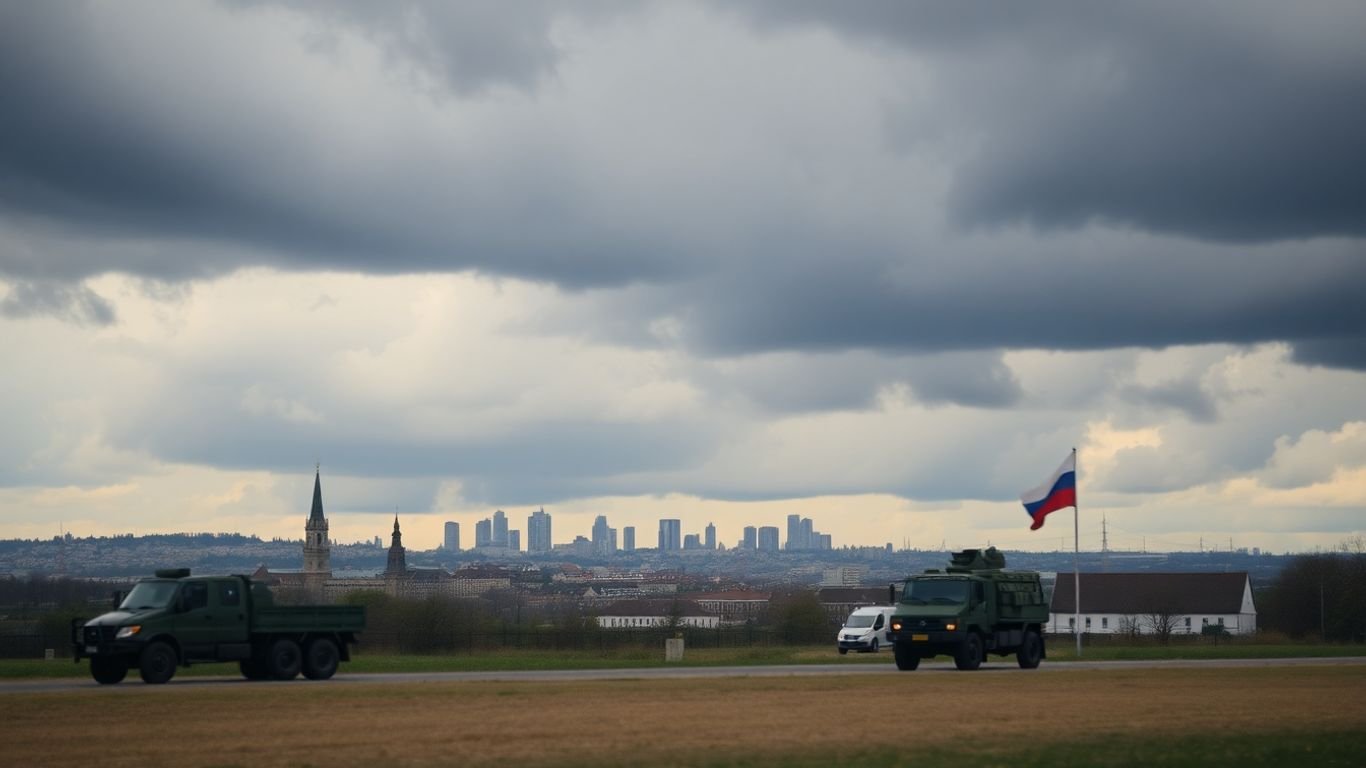
Given how unpredictable things have been the last few years, the prospect of a major crisis between Russia and Europe isn’t as farfetched as it might have seemed back in the 2010s. The outlook for 2030 is shaped by continued tension in Ukraine, Russia’s economic hurdles, and fears in the Baltics and Poland. Here are two scenarios that shape the thinking of security planners across the continent.
Hybrid Warfare and Proxy Conflicts
This scenario sees conflict simmering below the level of direct engagements between major armies. Here, Russia prioritizes disruption and uncertainty instead of a full-frontal attack. Picture cyberattacks that knock out power grids, disinformation campaigns designed to stir unrest, and shadowy groups supporting anti-government protests in vulnerable European states.
Three main shifts might drive this:
- Russia increases cyber and sabotage operations against NATO members, targeting both infrastructure and public trust.
- European states respond with beefed-up intelligence and counter-influence measures, creating a rolling battle in the digital sphere.
- Proxy clashes escalate in Eastern Europe or the Balkans, as Russia backs militant groups or political factions sympathetic to its aims.
Hybrid warfare makes it tough to tell when a war actually begins or ends—conflict just blends into daily life, eroding trust and stability without a clear front line.
Full-Scale Military Engagement
There’s always that worry—however remote it seems some days—that a miscalculation triggers direct military clashes between Russia and NATO. In this scenario, everything escalates fast. Russian missile and drone strikes hit a NATO state, maybe by mistake or in a high-stakes gamble. Mutual defense pacts kick in. Suddenly, Europe faces its first continent-wide conflict in generations.
This scenario could drag the world’s biggest militaries into a war whose consequences are nearly impossible to predict.
A simple breakdown looks like this:
| Trigger Event | NATO Reaction | Russian Response | Possible Escalation |
|---|---|---|---|
| Border incursion (Baltic) | Rapid troop surge | Mobilization, missile strikes | Regional war |
| Major cyberattack (energy) | Sanctions, cyber ops | Retaliate, physical sabotage | Tech infrastructure |
| Attack on NATO base (Poland) | Airstrikes, mobilize | Widening conflict | Europe-wide conflict |
If this kind of escalation happens, there’s little room for clear winners—everyone faces huge losses. And this is why deterrence and dialogue are still in play, even when relations are frosty.
Conclusion
Summary
Looking ahead to 2030, the risk of a major European war involving Russia lingers for a lot of reasons—none of them easy to untangle. National interests mix with economic pressure, demographic challenges, and political maneuvering. While NATO strengthens its eastern flank and some in the EU push for tighter military ties, Russia’s own military keeps evolving in response to these changes. Add in history’s long shadows and a persistent lack of trust, and it’s easy to see why the situation remains tense.
Here are a few points that stood out:
- Russia sees its ongoing conflict in Ukraine as sustainable for now, believing it can outlast Western support.
- Demographic shifts and economic constraints limit both Russian and European options, sometimes in surprising ways.
- European defense projects continue to face political and budgetary hurdles, preventing a unified approach. For example, efforts to integrate military resources have met obstacles and are far from a sure thing (EU defense project could succeed).
Final insight
A full-scale war is not inevitable, but so far, a true peace remains out of reach. As long as the larger forces driving Russia’s actions and Europe’s responses remain, the continent will have to navigate a landscape where hybrid operations, proxy conflicts, and constant military readiness are the new normal.
The uneasy balance between peace and conflict could stretch on for years, with only minor pauses or shifts in intensity unless more significant changes occur on the political front—on either side.
Ultimately, the choices made in the next few years—by Russia, the EU, and NATO—will shape whether the threat of war fades or grows. 2030 isn’t far off, and right now, the future looks uncertain at best.
Conclusion
So, where does all this leave Europe? Honestly, it’s a bit of a mess. The idea of a united European war economy sounds good on paper, but the reality is much more complicated. Countries don’t always agree on what the biggest threats are, and everyone has their own priorities. Money is tight, and even when leaders announce big plans, actually getting the cash and resources together is another story. Plus, the defense industry is still pretty dependent on the U.S., and building up local production takes time and skilled workers—both of which are in short supply.
There’s also the question of whether people across Europe even want to move in this direction, since the idea of a shared European identity isn’t exactly strong everywhere. In the end, Europe will probably spend more on defense and try to work together a bit more, but a fully unified approach still feels far off. The world is changing fast, and Europe has some tough choices ahead, but for now, it’s a lot of talk and only slow, careful steps forward.
Frequently Asked Questions
Why is Russia seen as a threat to Europe in 2030?
Many experts believe Russia might feel surrounded or threatened by NATO and the European Union. Because of this, Russia could act more aggressively to protect what it sees as its security zone, especially if its economy or politics are unstable.
How does NATO’s growth affect the chances of conflict?
When NATO adds more countries, Russia often feels more nervous and threatened. This can make Russia take steps to protect itself, sometimes leading to more tension or even the risk of fighting.
What are the main problems with Europe building its own defense?
Europe faces challenges like countries having different armies, languages, and equipment. Money is also a big issue, and not all countries agree on how much to spend or how to work together.
Could Russia and Europe go to war by 2030?
There is no clear answer, but experts say there are several ways things could get worse. This could include small, sneaky attacks (called hybrid warfare) or even bigger battles if things get out of control.
Why is it hard for the European Union to create a single army?
The EU is made up of many countries with their own ways of doing things. They use different weapons and speak different languages. Also, some countries trust the U.S. more, while others want Europe to be more independent.
How does spending more on defense help or hurt European countries?
Some people think spending more on defense will help keep Europe safe and even boost the economy a little. But others worry it could hurt other parts of the economy, especially if taxes go up or if there isn’t enough money for things like schools and hospitals.
